The Fun Lab: Human Factors of Play, Fall 2016, Instructor: Khipra Nichols
Shaka: Building Blocks for Preschoolers
Reinventing building blocks to include sensory feedback.

Prompt | Timeline: 5 weeks
Design a toy for preschoolers (ages 2-4).
Process
Looking at my user group, preschoolers, I found the following to be behavior and milestones for this age group:
- Preschoolers are learning basic math, science, and language at school and in the home.
- Preschoolers are learning through play. At this age, kids are hands-on. There are four types of learners: visual, auditory, read-write, and kinesthetic learners. Kids generally have one primary method of learning, followed by a secondary one.
The idea of learning through play resonates with the Montessori approach to education, where students learn concepts through working with materials, rather than through direct instruction. Montessori believed that children who were left to do as they wished would be in position for optimal cognitive development.
- Preschoolers are learning through their senses. They are still developing motor skills and coordination, as their bodies are rapidly changing. Preschoolers do not have a lot of physical strength and are beginning to learn concentration skills.
- Preschoolers are developing emotionally and socially. They are learning how to play with others (e.g. roleplaying), but they are also fine playing independently. In addition, they are beginning to construct a self-image, so building their confidence at this age is important.
I started this project by going to local toy stores and seeing what kinds of toys existed on the market, and looked at how toys evolved for the age groups they were designed for. In my preliminary research, I found that there were wide selections of building toys for children between the ages of 1-3. Building block toys were the genre of the most popular types of toys among parents and children according to the store staff.
I noticed that many of the best-selling toys utilized magnets, and that these blocks were relatively neutral in that they did not have characters forced onto them. For the Tegu brand blocks, abstract figures could be constructed from the blocks. This would allow users to play with them in their own creative way. Another observation that I made was that the toys were generally made from wood and/or plastic. I was inspired to design a kind of building block toy or set, and I began to think of new ways in which building blocks could help children learn.
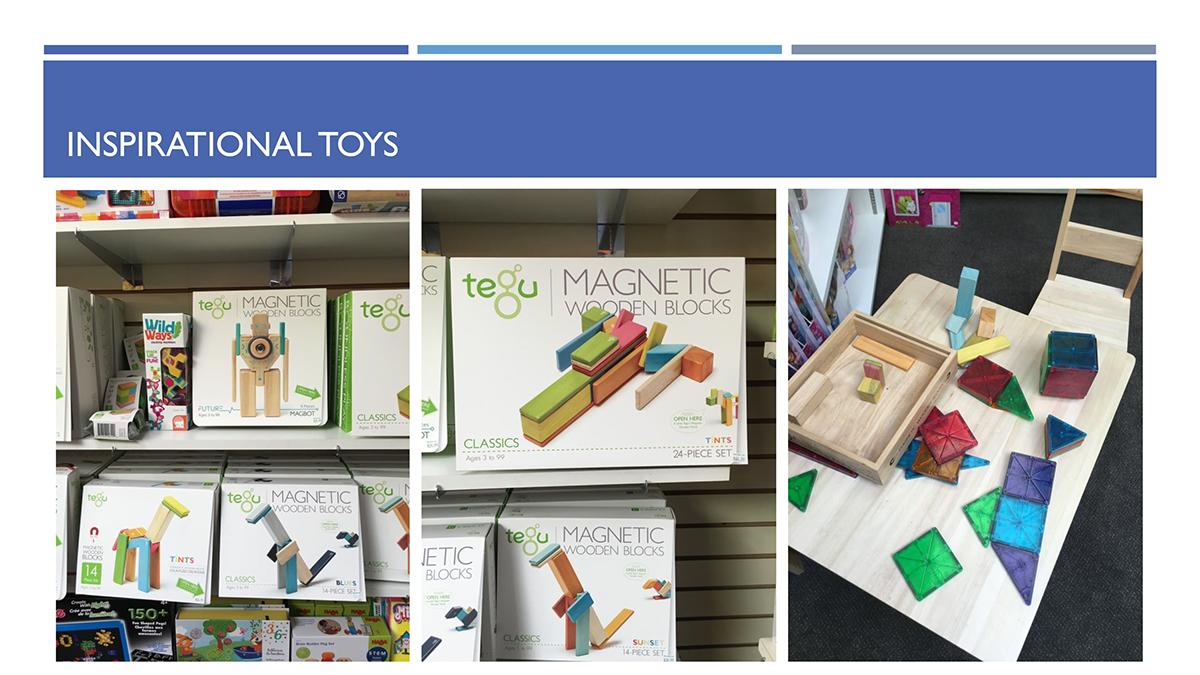
In my additional research, I found that building blocks help toddlers and preschoolers learn about balance, space, and structure. With trial and error, they can figure out what stands. This utilizes cause-and-effect thinking. Blocks also can teach kids about measurement, and they also are helpful for enhancing language skills as blocks can have numerous descriptors (size, shape, color). In addition, building blocks can be a communal or individual activity, and can help kids socialize with one another and learn how to share. Furthermore, building blocks fall into play patterns of children at this age, which include stacking things up and knocking them down.
I began to be inspired by the idea of transparencies and cutouts – how negative spaces could form shapes, and how you could add layers of dimensionality by lining up transparent objects. I was also interested in using simple geometric forms for my blocks.
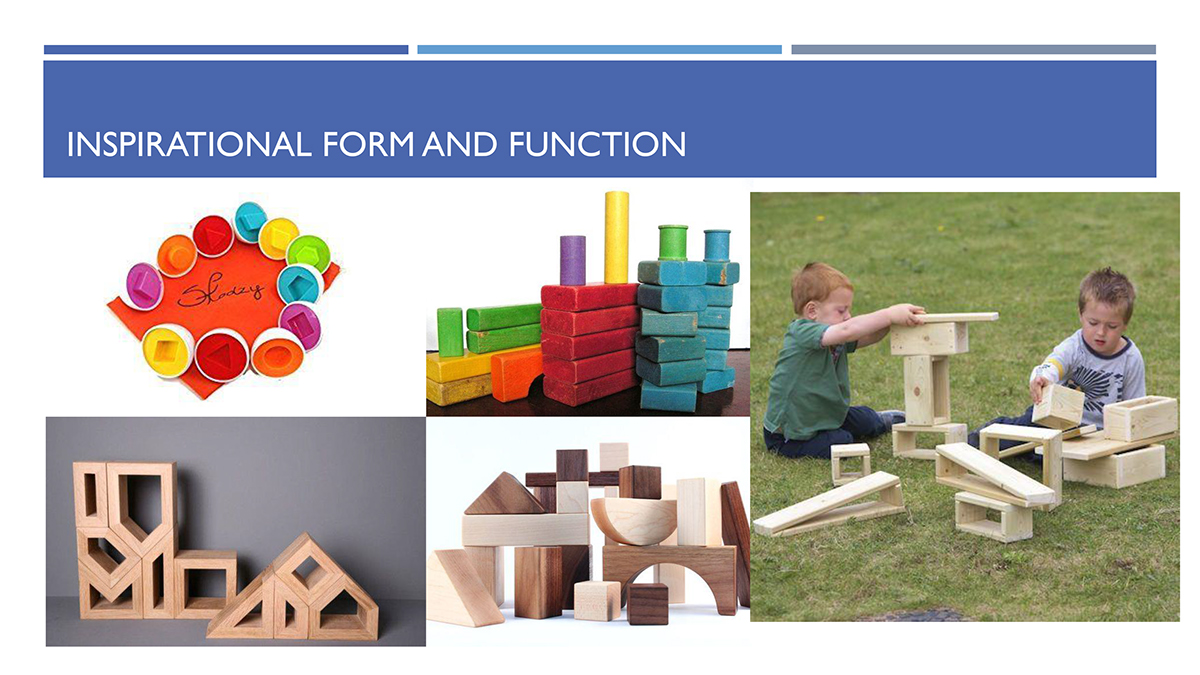
I wanted to create a building toy that engaged a number of a child’s senses (sight, auditory, touch) and also build on things they would learn in school, such as basic and complex geometries, the concept of gravity, as well as color. I also wanted to create sensory feedback while the child is engaging with the toy.

In my initial sketch, I was thinking of having wooden blocks filled with liquid. However, I decided to change to beads or some sort of noisemaker to add another kind of sensory experience. As a result, there is an auditory experience when the child knocks over a built structure, and the parts of the toy do not necessarily have to act solely as building blocks – they can be noisemakers too. In my design, I decided that building blocks of similar shapes would be filled with the same color beads and produce similar sounds.

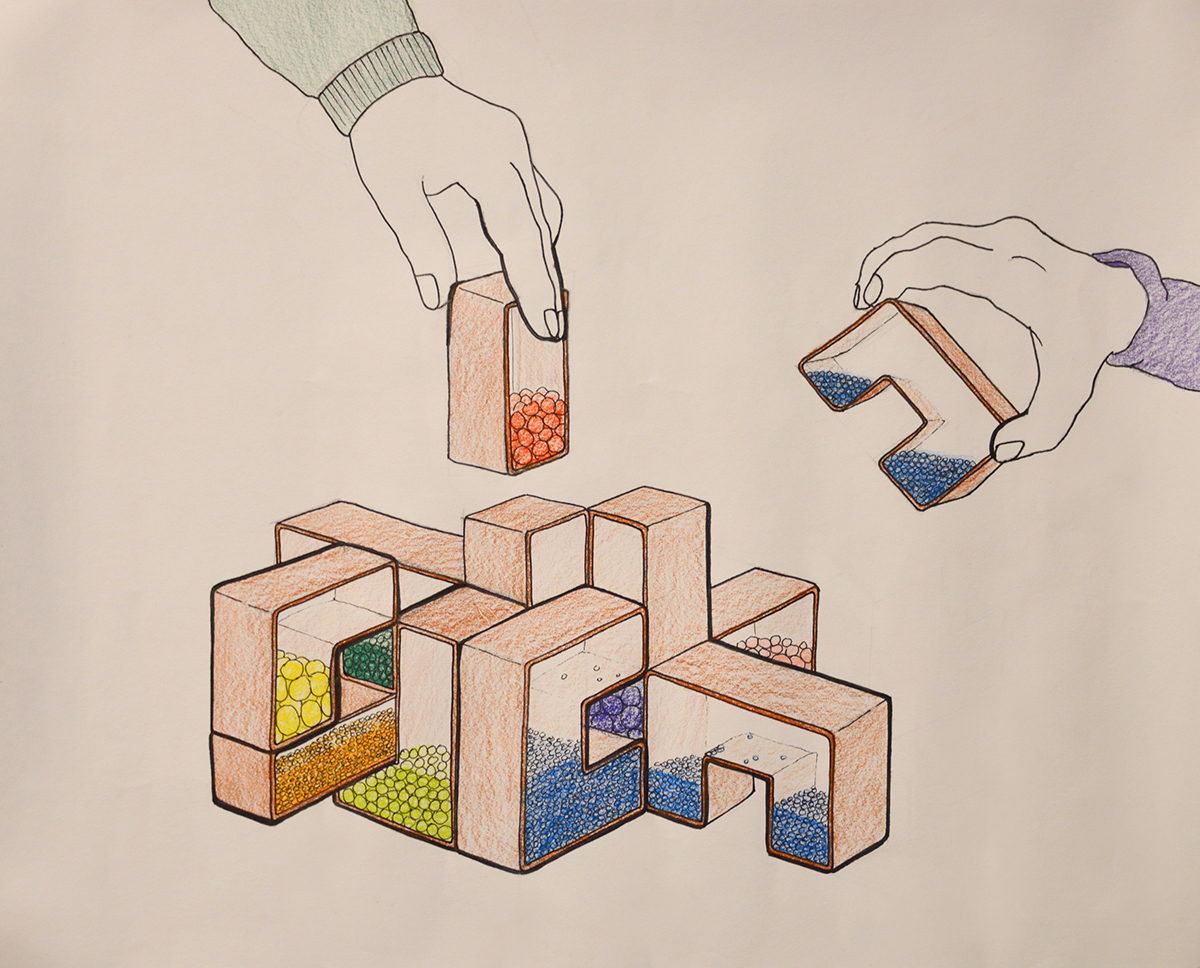
For my first sketch model, I created four blocks based on simple geometries. These demonstrated the two transparent sides of the blocks, which were encompassed by cherry.
At this point, I received the following feedback, which were that there should be:
- A variety of shapes
- Different sized beads for different shaped blocks
- A way to package the blocks
- Additional ways for the toy to grow with the child
- Different sets offered at different price points

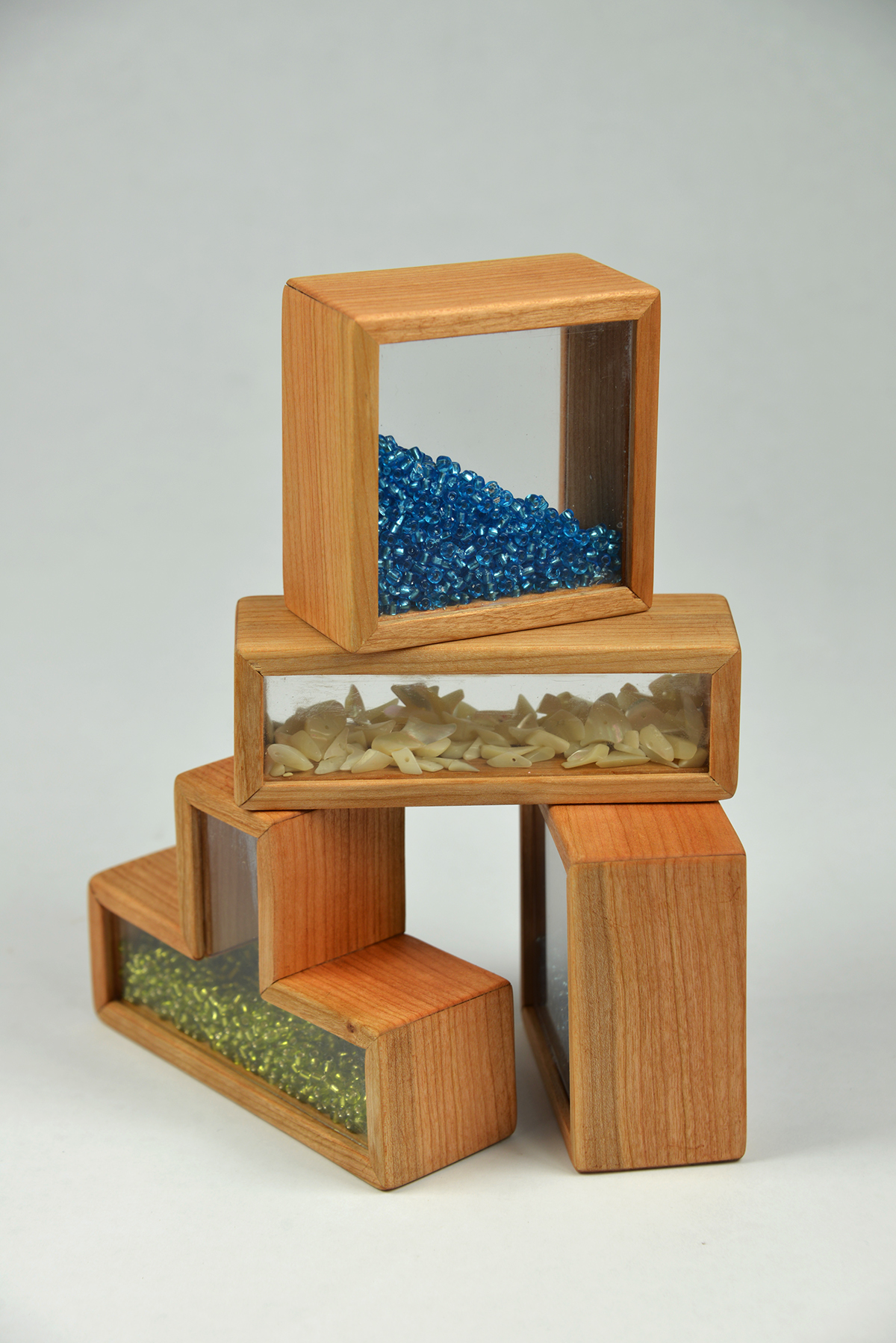
To address packaging, I decided to create a box-like structure resembling that of a building block. The pieces inside would fill in like a puzzle.

Thinking about different shapes the blocks could be in led me to think about simple vs. more complex geometries. I decided to split up my product into at least three different sets, so that as the child ages, they can gather more blocks and experiment with even more ways of building and experience more sounds, colors, as well as be able to use more descriptors. I liked the incorporation of different shapes past the basic set stage that are not necessarily easy to describe.
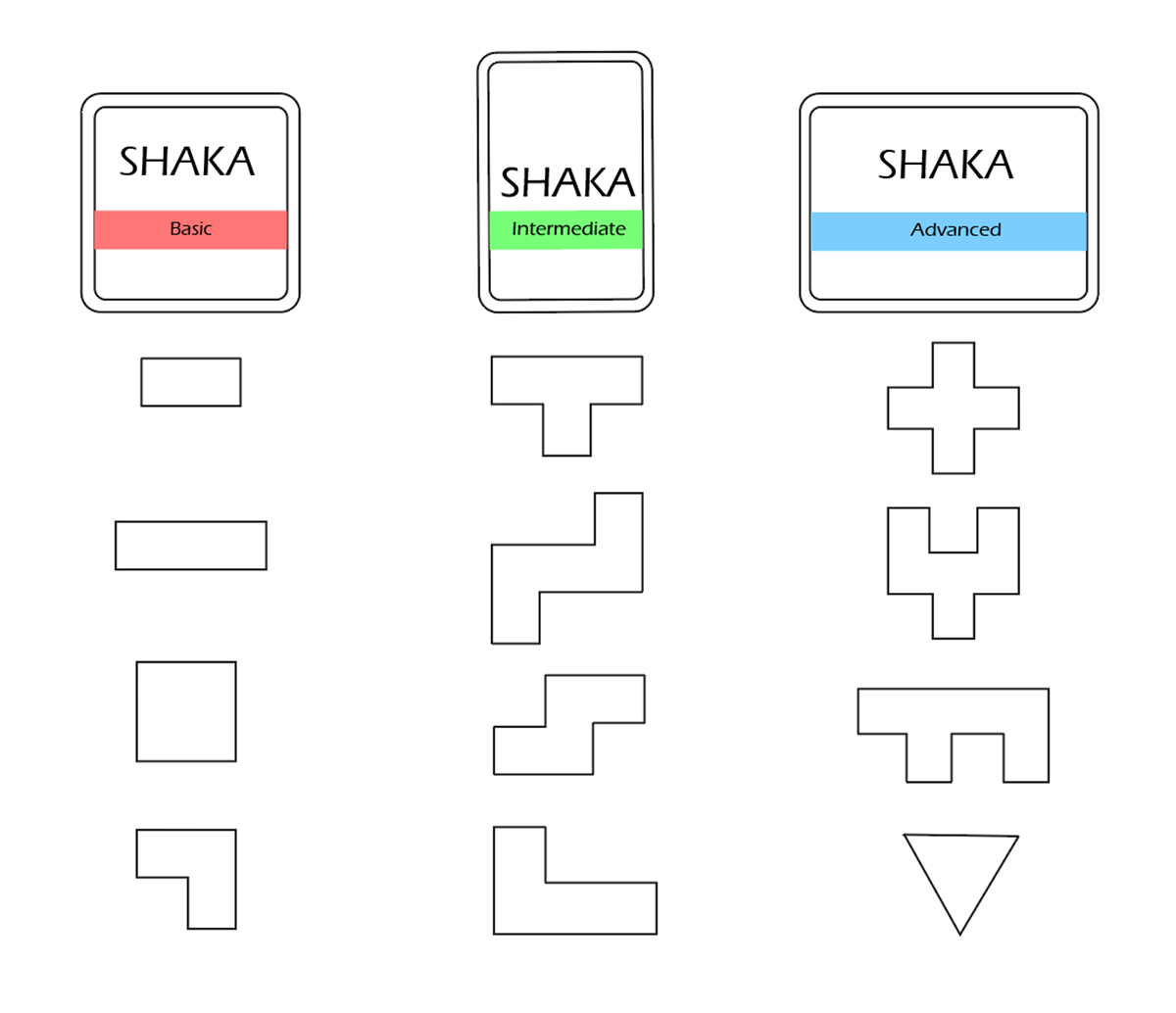
A possible additional direction for this toy could be to create sheets with silhouettes of shapes on them. Kids could then fill in these shapes using building blocks, and even potentially use their own paper to create their own puzzle sheets. In addition, filling in the silhouettes could be another creative activity as the shapes do not have to be placed flat or on a single plane. This resonates with my preliminary research in that preschoolers could gain a sense of accomplishment and confidence by completing different puzzle sheets.

Below I created some potential silhouettes. Silhouettes can be broken down more for younger age groups by having more outlines of the component shapes. These sheets could be packaged as a booklet that could be disassembled for easy access.

Although I made my final model out of wood and acrylic, the building blocks could also be constructed at a lower price point by using extruded plastic. This would provide the opportunity for the user to pick a certain color set of building blocks that appealed to them.
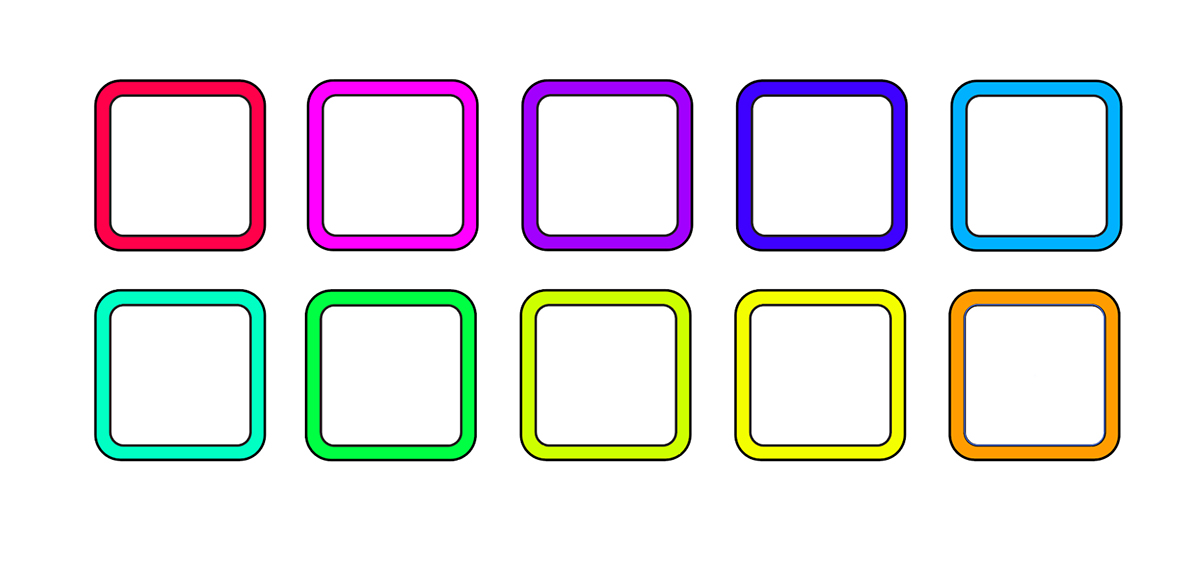
Shaka stands out from other types of building block toys and is useful for preschoolers as:
- It is up to the child to determine the play pattern
- The toy encourages children to learn concepts by working with the materials rather than through direct instruction
- Shaka supplements the idea that children at this age are learning through their senses
- Shaka encourages individual and collaborative play
- The toy has potential to grow with the child
- It investigates concepts of solid vs. transparent, gravity, balance, and sound
Below is my model for my final concept:


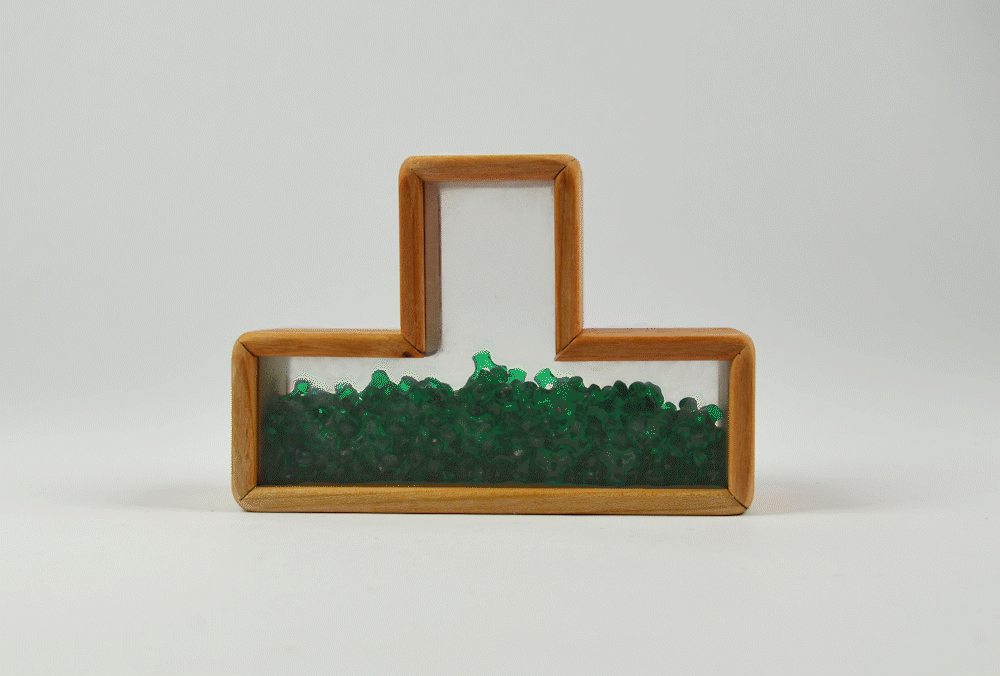
Model: Clayton Wiggers


